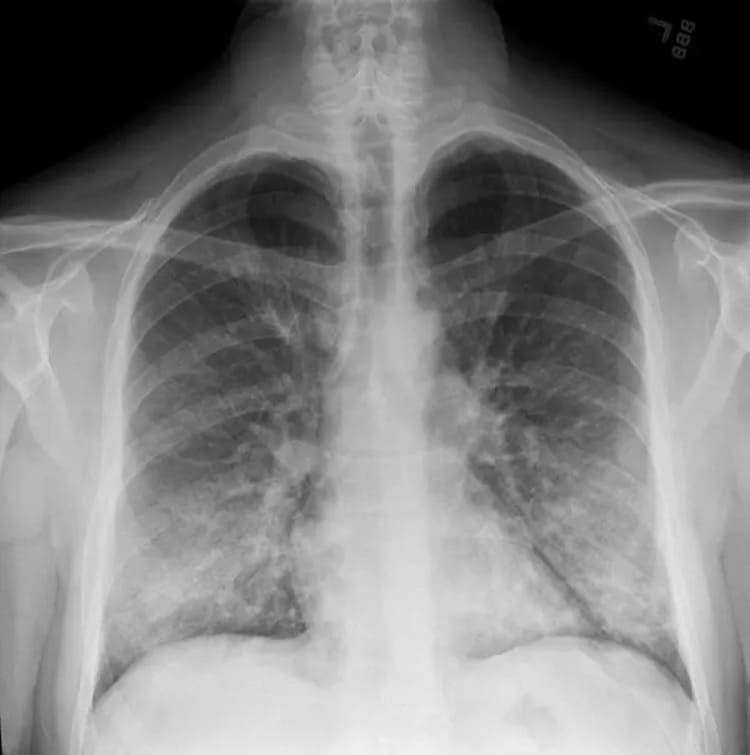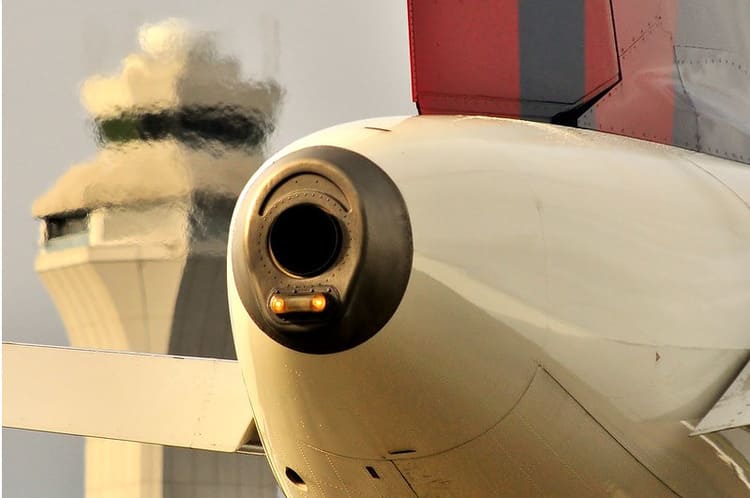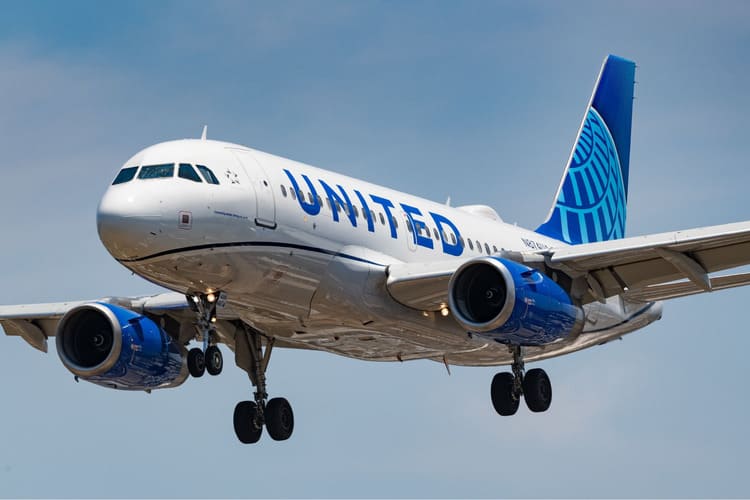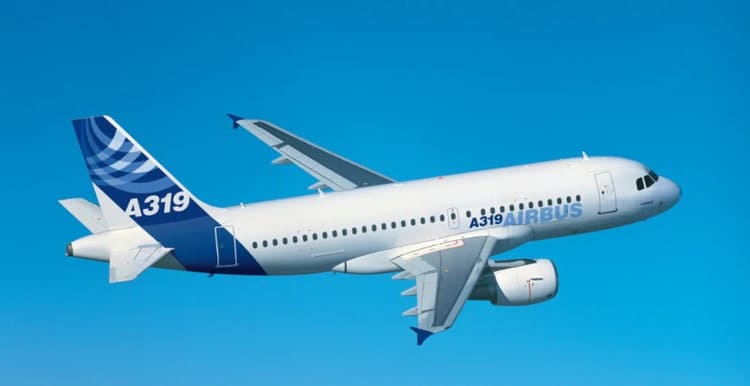When United Airlines flight attendant Darlene Fricchione stepped aboard Flight UA2680 on April 11, 2023, she had no reason to believe it would be anything other than a routine trip.
The Airbus A319 had taken off from LaGuardia Airport, landed at Denver International, and parked at the gate.
But then came the moment that changed her life.
The aircraft’s auxiliary power unit (APU)—a small engine at the rear of the aircraft used to supply air conditioning and power when the main engines are off—was switched on.
Within seconds, Fricchione says she was overwhelmed by a chemical smell.
She began gagging, choking, and feeling a burning sensation across her skin and eyes.
Her instinctive response: pour water over herself and gargle to try to keep her airways open. She stayed on board until the last passenger deplaned, suffering through what she now describes as the beginning of a medical nightmare.
She hasn’t worked a flight since.
Now, Fricchione is suing Airbus, the European aerospace giant that manufactured the A319.
She’s seeking $30 million in punitive damages for what she and her legal team describe as a known, preventable flaw in the aircraft’s design—and a toxic exposure that’s still affecting her health.
But beyond one woman’s medical and legal battle, the case is raising uncomfortable questions about cabin air safety, corporate accountability, and whether the flying public has been left in the dark about a long-standing aviation risk.
What Happened on Flight UA2680?
Flight attendants are trained to handle emergencies, but not necessarily the kind that involve the air they breathe turning against them.
According to the 23-page legal complaint, Fricchione experienced symptoms immediately after the APU came on.
Along with her own suffering, a fellow crew member also reported elevated blood pressure and high levels of carbon monoxide—enough to trigger a response from emergency medical technicians on the ground.
An X-ray taken soon after showed a “cloud” on Fricchione’s lungs, and over the following hours, her condition deteriorated.
She fainted, developed rashes, and was hospitalized with high blood pressure and an elevated white blood cell count—common markers for acute inflammation or chemical exposure.
To this day, she suffers from persistent headaches, throat sensitivity, and hypertension that specialists believe are linked to the incident.
One pulmonologist said her throat looked as if “someone had poured a bag of chlorine down it.” Another referred her to speech therapy due to chemical burn-like damage.
Is Cabin Air Really a Risk?

It might surprise passengers to learn that most commercial aircraft use what’s called a “bleed air” system to supply air to the cabin.
This system taps hot, compressed air from the engines—or the APU—and routes it through cooling and filtration systems before it enters the cabin. In theory, it should be clean and safe.
But the bleed air system isn’t sealed. If engine seals leak or oil vaporizes under high heat, tiny particles of engine oil, hydraulic fluid, or other chemicals can make their way into the air supply.
And because there are typically no chemical sensors installed to detect contamination, these fumes can circulate through the cabin without warning.
While manufacturers, including Airbus and Boeing, argue these events are rare and often harmless, the aviation safety community has long debated the issue.
Flight attendant unions have reported hundreds of so-called “fume events” over the years.
These incidents are difficult to track precisely because they are often undocumented or dismissed as minor “odor issues.”
But the symptoms reported—dizziness, nausea, burning eyes, shortness of breath—paint a more troubling picture.
In 2000, a British Aerospace engineer named Terry Williams developed what became known as the “aerotoxic syndrome” theory, arguing that long-term exposure to contaminated bleed air could cause neurological and respiratory problems.
The term never caught on in official circles, but flight crews around the world have echoed similar complaints for over two decades.
A 2017 study by the University of Washington even found traces of tricresyl phosphate (TCP), a neurotoxic compound found in jet engine oil, on aircraft cabin surfaces after reported fume events.
Why Airbus Is Being Targeted
Fricchione’s lawsuit doesn’t just focus on the general risk of contaminated air.
It specifically calls out the A319’s design. Her legal team argues that the location of the APU intake—on the rear belly of the aircraft—puts it dangerously close to known sources of oil leakage.
This, they claim, makes the A319 (and other Airbus aircraft in the A320 family) more vulnerable to contaminated air events, especially when the APU is used on the ground.
In the complaint, her attorneys point out that despite growing scientific and medical evidence, Airbus has failed to adopt readily available fixes: enhanced filtration, redesign of the intake system, or even just installing onboard sensors to detect chemical contaminants.
They argue this isn’t an oversight—it’s negligence.
“Despite a mountain of evidence,” the lawsuit reads, “Airbus has not taken meaningful steps to address contaminated air risks. Flight crews are given little training, no protection, and no warning.”
Airbus has not commented on the suit, nor has United Airlines.
A Systemic Aviation Blind Spot?
The issue of contaminated air isn’t exclusive to Airbus.
Boeing aircraft also use bleed air systems.
And while fume events have been reported across all major commercial aircraft types, the case against Airbus suggests their APU layout may exacerbate the risk.
It’s not the first time a manufacturer has been taken to court over this.
In 2013, a British Airways pilot won an out-of-court settlement after alleging his neurological symptoms were caused by toxic cabin air.
Similar claims have surfaced in Australia, Germany, and the U.S., but most have stalled due to the difficulty of proving a clear link between symptoms and a short-term exposure event—especially without onboard detection.
The airline industry, and the regulators who oversee it, face a conundrum: acknowledge the risk and face pressure to redesign systems at enormous cost, or continue downplaying incidents and hope lawsuits like Fricchione’s don’t gain traction.
Meanwhile, flight attendants and pilots are left to navigate the gray zone between unconfirmed hazard and accepted occupational risk.
What Comes Next?

For Fricchione, the lawsuit represents more than financial compensation.
It’s a push to force the industry to confront a problem that has lingered in the background for too long. Her legal team hopes the case draws national attention, and perhaps even leads to regulatory change.
Could chemical sensors be the next standard safety feature on commercial jets?
Should manufacturers be compelled to redesign air systems in future aircraft models?
Or is the airline industry willing to gamble that the public, distracted by legroom complaints and baggage fees, will never ask what’s really in the air they breathe?
As her case moves forward in a Virginia court, passengers and crew alike would do well to keep an eye on the outcome.
Because while lawsuits like this often begin with a single person, the questions they raise affect millions.
And here’s the uncomfortable truth: if Darlene’s story is accurate—if this really is a known design flaw, ignored despite years of complaints and medical reports—then this isn’t just her problem. It’s everyone’s.
If toxic fumes can silently drift through the cabin of a modern commercial jet, sickening crew members without warning, what makes passengers think they’re immune?
This lawsuit isn’t just about one aircraft model or one manufacturer. It’s about an industry that may have quietly accepted a risk to our health as the cost of doing business.
And if that’s true—if the air we breathe in-flight can carry more than just recycled oxygen—then it’s not just Airbus that should be on trial.
It’s the entire system.
